Ever wondered what makes an arrow fly straight? Let’s dive into the fascinating world of arrow parts.
Introduction
Understanding The Anatomy Of An Arrow
For beginner archers, understanding the anatomy of an arrow is crucial. Each component plays a significant role in the arrow’s flight, accuracy, and overall performance. In this comprehensive guide, we’ll explore the different parts of an arrow, their materials, and how they impact your archery experience.
Importance Of Knowing Arrow Parts
Knowing the parts of an arrow is essential not just for shooting accurately but also for maintaining your equipment. By understanding the components, you’ll be more equipped to select the right arrows for your needs and ensure they are well-maintained.
Historical Evolution Of Arrows
Ancient Origins: From Stone To Bronze
Arrows have come a long way since their inception. Early arrows were made from simple materials like stone and bronze. These rudimentary tools were sufficient for hunting and warfare but lacked modern sophistication.
Medieval Innovations: The Longbow’s Rise
The medieval period brought significant advancements in arrow design, especially with the rise of the longbow. These arrows were more aerodynamic and featured better materials, making them more effective in battle.
Industrial Revolution And Arrow Manufacturing
The industrial revolution introduced various materials and manufacturing techniques. Arrows became more uniform in size and shape, improving accuracy and reliability.
Technological Advancements And Modernization
Today’s arrows benefit from cutting-edge technology and materials like carbon fiber and advanced alloys. Modern arrows are designed for maximum performance, whether target shooting or hunting.
Parts Of An Arrow
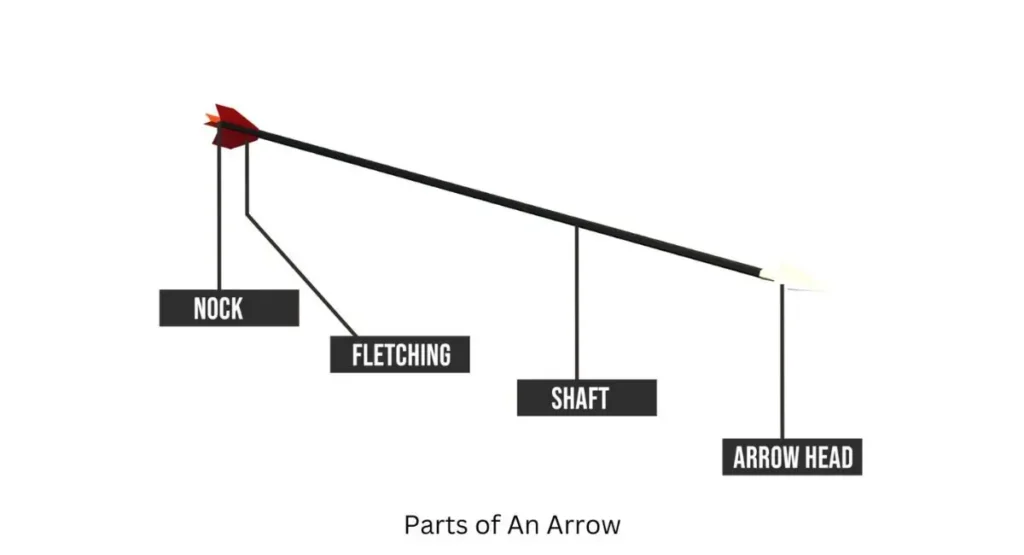
The Shaft
Comparing Aluminum With Wood
The shaft is the backbone of the arrow, and its material can vary. Wooden shafts offer a traditional feel but lack durability. Aluminum shafts are lightweight and durable, making them a popular choice. Carbon shafts are the gold standard for modern archers, offering the most effective blend of strength and weight.
Selecting The Right Material
It is important to choose the right material for your arrow shaft, depending on your specific needs. If you’re a beginner, aluminum shafts offer a great balance between cost and performance. For advanced archers, carbon shafts offer the best performance.
Fletching
Vanes Vs. Feathers: Advantages And Disadvantages
The fletching of an arrow refers to the stabilizing fins that are attached to its shaft. Although feathers are more aerodynamic, they are not as durable as vanes. Plastic vanes are more robust, suitable for use in all weather conditions.
3-Fletching Vs. 4-Fletching Configurations
It is important to consider the configuration of your feathers in order to get the best balance for your arrow. A 3-fletch configuration is better for balance, whereas a 4-fletch configuration is more stable but more drag-producing.
Arrow Stability And Fletching
Fletching stabilizes the arrow during flight. Properly configured Fletching ensures your arrow flies straight and true, increasing accuracy.
Nock
Types Of Snap-On Pin Nocks
In archery, the nock is the notch at the end of the arrow that holds the string. Snap-on nocks are easy to use and can be used by most archers. Pinnocks offer more precision and are highly favored by professionals.
Importance Of Materials And Alignment
The nocks are usually made of plastic, or some other durable material. The nock needs to be aligned properly with the feathers in order to ensure accurate shooting.
Arrow Points
Field Points And Broadheads Types
There are a variety of arrow points, each of which is designed for a particular purpose. A field point can be used for target practice, while a broadhead can be used for hunting and is more penetration-oriented.
Material Differences And Uses
There are two types of field point: steel and broadheads. Steel field points are used primarily for practice. Broadheads have various designs and materials, which offer more cutting power.
Arrow Manufacturing’s Technological Advancements
Advanced Materials Carbon Composites
A new generation of materials, such as carbon composites and advanced alloys, is revolutionizing the manufacture of arrows. These materials provide a better performance, durability, and weight distribution than traditional materials.
Precision Engineering Weight Balancing Techniques
Precision engineering and weight balancing have been used to manufacture arrows that are more accurate and reliable. Beginners and professionals alike benefit from these advancements.
Performance Benefits Of These Advances In Archery
The advancements in modern arrow technology have enhanced accuracy, flight stability, and durability. These improvements have made archery more accessible and enjoyable for everyone.
Expert Opinions
Coaches, Manufacturers, And Professional Archers Share Their Insights
Professional archers, coaches, and manufacturers provide invaluable insights into selecting and maintaining arrows. They emphasize the importance of choosing the right materials and configurations for your specific needs.
Choosing the right arrow can significantly impact your performance. I always recommend trying a few different types to see what feels comfortable for your shooting style.
Samantha Lee, Professional Archer
Training is crucial, but understanding your equipment is just as vital. Archers should invest time in learning how each part of the arrow affects their shot.
Mark Thompson, archery coach
In our manufacturing process, we prioritise quality and precision. The right arrow can make all the difference in competitive and recreational shooting.
Laura Martinez, CEO of Apex Arrows
With advancements in technology, arrows today are faster and more accurate. Carbon arrows reduce hand shock and provide better feedback.
James Richards, Professional Archer and Equipment Reviewer
Fletching configuration can alter your arrow’s flight. We often suggest experimenting with different fletches during practice to find optimal setups.
Evelyn Grant, archery coach
Experts’ Tips For Choosing And Maintaining Arrows
Experts select their arrows based on their specific requirements, whether for target shooting or hunting. Regular maintenance, including cleaning and inspection, ensures top condition.
Always test multiple arrow setups to find what works best for your shooting style. Consistency is key.
Aiden Brown, professional archer
When I select arrows, I focus on spine consistency and weight tolerance. Both affect accuracy.
Rachel Wong, Archery Coach
It’s essential to regularly check your nocks and fletching for wear and tear, as even small issues can lead to major performance setbacks.
Tyler Sanchez, Equipment Manufacturer
Pay attention to the conditions in which you’ll be shooting. The right arrow setup for windy conditions may differ significantly from calm days
Julia Carter, competitive archer
Practical Tips For Archers
Target Shooting Hunting: Choosing The Right Arrow
A lightweight, durable arrow is ideal for target shooting. A broadhead arrow with sturdy shafts and a broadhead is ideal for hunting. The best arrow for target shooting is one with a broadhead and a sturdy shaft is one with broadhead.
Arrow Maintenance Tips
In order to maintain accuracy, it is imperative to maintain the fletching, nocks, and points of your arrows regularly. Ensure that they are cleaned and inspected regularly to prolong their life.
How To Handle And Store Arrows Safely
Keeping your arrows organized and protected in a quiver is imperative to ensure your safety when archery. Handle your arrows carefully and store them properly.
Conclusion
Taking the time to understand the parts of an arrow is essential for archers. This knowledge helps you choose the right arrows, maintain them properly, and enhance your overall performance. Use these insights to enhance your archery skills and enjoy a more fulfilling experience.
Frequently Asked Questions (FAQs)
What Are The Parts Of An Arrow In Archery?
An arrow consists of several key parts, including the shaft, fletching, nock, and arrow points. Each component plays a crucial role in arrow performance and accuracy.
What Is The Anatomy Of An Arrow In Archery?
Arrow anatomy includes the shaft, fletching, nock, and arrow points. Understanding these parts helps archers select the right arrows and maintain them properly.
What Is The Back Of An Arrow Called?
The back of an arrow is called the nock. It holds the string and ensures proper alignment with the bowstring.
What Are The Parts Of An Archery Bow Called?
Archery bows include the riser, limbs, and string. Each component contributes to bow performance and accuracy.
What Is An Arrow Tail Called?
The tail of an arrow is called the nock. It plays a critical role in proper alignment and release during shooting.
What Is A Quiver Of Arrows Called?
A quiver is a container used to hold arrows. It keeps them organized and protected, making it easier for archers to carry and access their arrows.
Recommended Articles
- Archery Release Types – A Comprehensive Guide
- Powerful Backyard Archery Range: Beginner’s Ultimate Guide
- Peep Sight On A Compound Bow : A Comprehensive Guide For Beginners
- Best Crossbow Broadhead: Perfect Arrowhead for Precision and Power
- Axe 405 Crossbow Problems: Overcoming Common Problems
- Exploring the Empowerment of Hunting with Recurve Bow

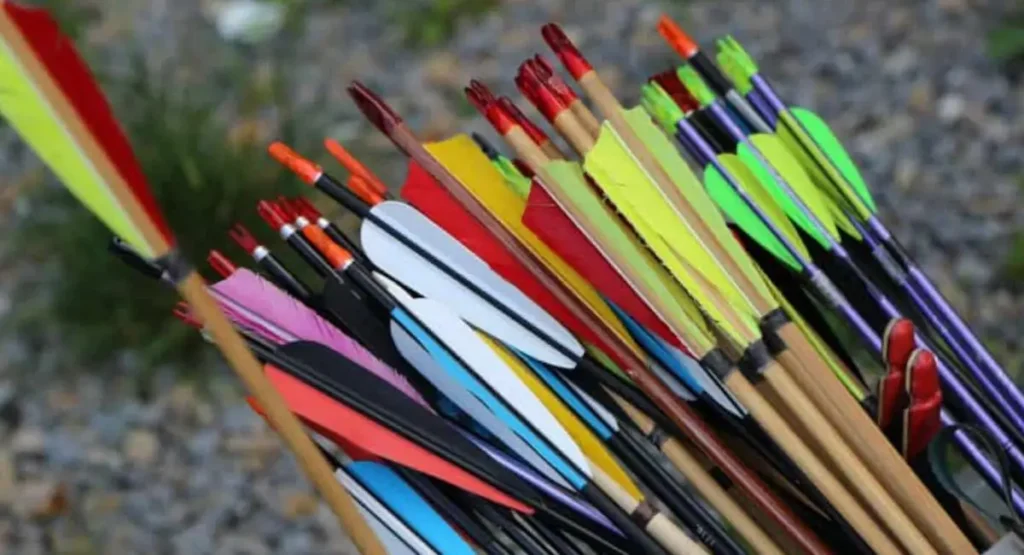
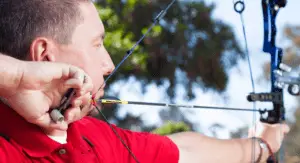
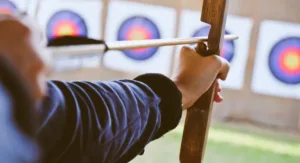

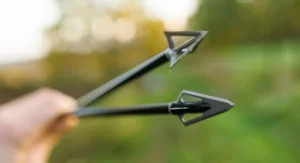
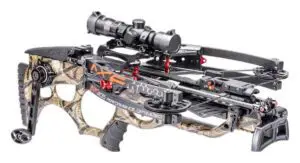

5 thoughts on “Comprehensive Guide To Archery Arrow Parts For Beginners”
Comments are closed.